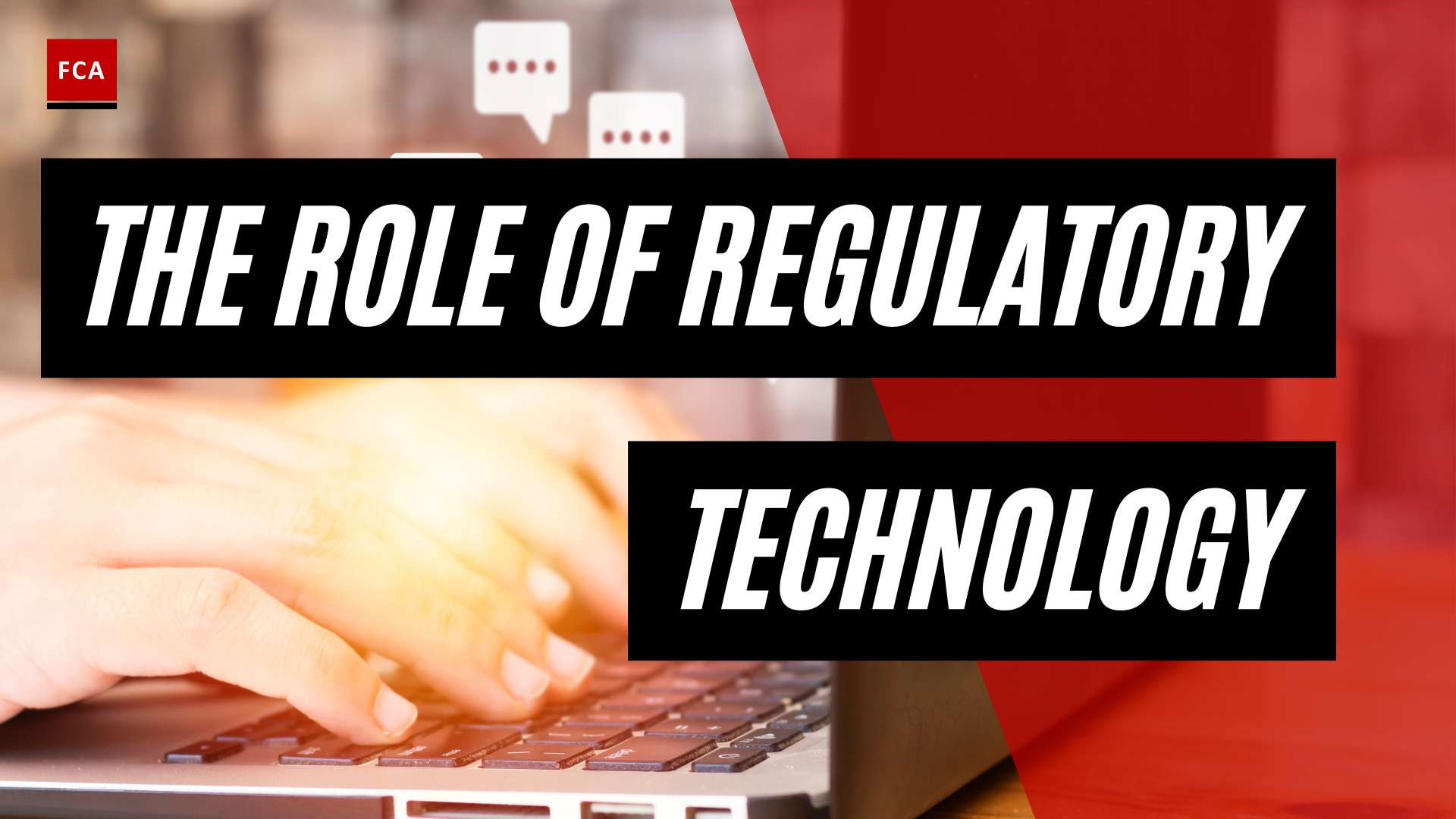Assessing AML Training Effectiveness
In the realm of anti-money laundering (AML), assessing the effectiveness of AML training is crucial for financial institutions and regulated entities. The ability to measure the impact of training not only ensures compliance with regulatory requirements but also plays a vital role in mitigating risks and avoiding substantial fines. This section will explore the importance of measuring AML training and the regulatory emphasis on training evaluation.
The Importance of Measuring AML Training
Properly measuring the effectiveness of AML training programs is essential, as the bulk of regulatory fines for non-compliance stem from inadequate staff training (NorthRow). A robust and well-implemented training program equips employees with the knowledge and skills necessary to identify and report suspicious activities, ultimately safeguarding the financial institution and the broader financial system.
By measuring AML training effectiveness, financial institutions can identify gaps in knowledge, ensure that employees comprehend and retain the training content, and assess the overall impact of the training program. This enables organizations to make informed decisions regarding areas of improvement, allocate resources effectively, and continuously enhance their AML compliance efforts.
Regulatory Emphasis on Training Evaluation
Regulators have increasingly emphasized the importance of measuring the effectiveness of AML training. Financial institutions have faced enforcement actions for their failures to implement appropriate training programs or demonstrate the effectiveness of their training.
To comply with regulatory expectations, financial institutions must establish robust mechanisms to evaluate the effectiveness of their AML training programs. This includes conducting regular testing and assessments after training sessions to identify areas where individuals may need further education and clarification. By analyzing the results, organizations can tailor their training approach and address any deficiencies, thereby improving the overall effectiveness of the program.
Financial institutions should also consider utilizing key performance indicators (KPIs) to measure the impact of AML training. These KPIs provide quantifiable metrics that help assess the effectiveness of training efforts and demonstrate compliance with regulatory requirements. Some common AML training KPIs include completion rates and participation, test scores and exam pass rates, the number of suspicious activity reports (SARs) filed, and employee performance and efficiency.
To ensure the effectiveness of AML training, organizations should strive for continuous improvement, regularly reviewing and analyzing their training programs. This allows for the identification of emerging risks, updates in regulatory requirements, and evolving best practices. By staying proactive and adaptive, financial institutions can maintain strong AML compliance and reduce the likelihood of compliance breaches.
Measuring the effectiveness of AML training is an ongoing process that requires a comprehensive approach. Financial institutions must tailor their training to specific roles and responsibilities, provide real-world examples and case studies, offer continuous education and updates, and foster benchmarking and collaboration within the industry. By embracing these strategies and evaluating training outcomes, organizations can enhance their AML training effectiveness and significantly reduce compliance risks.
Methods for Evaluating AML Training
When it comes to assessing the effectiveness of Anti-Money Laundering (AML) training, utilizing appropriate evaluation methods is crucial. By evaluating the impact of training, organizations can ensure that their AML programs are robust and meet regulatory requirements. Here are several methods commonly employed to evaluate the effectiveness of AML training:
Pre- and Post-Tests
One effective method for assessing the effectiveness of AML training is through pre- and post-tests. These tests measure participants’ knowledge before and after completing the training program. By comparing the results, organizations can gauge the increase in knowledge and identify areas where further improvement may be needed. This method provides quantitative data on the immediate impact of the training (Financial Crime Academy).
Knowledge Checks and Assessments
Knowledge checks and assessments allow organizations to evaluate participants’ understanding of AML concepts and procedures. These assessments can take the form of quizzes or questionnaires, testing participants’ comprehension of key AML topics. By measuring participants’ knowledge retention, organizations can identify areas for reinforcement or additional training (Financial Crime Academy).
Scenario-Based Assessments
Scenario-based assessments provide a valuable opportunity to evaluate the application of knowledge gained during AML training. Participants are presented with real-life scenarios and are required to apply their knowledge to make appropriate decisions. This method not only assesses participants’ understanding but also their ability to apply that knowledge in practical situations. Scenario-based assessments provide a more realistic evaluation of participants’ competency in identifying and addressing potential money laundering risks.
Simulated Investigations
Simulated investigations simulate real-world money laundering scenarios and allow participants to apply their knowledge and skills in a controlled environment. By participating in these simulations, individuals can practice identifying suspicious activities, conducting investigations, and making informed decisions. Simulated investigations offer a comprehensive evaluation of participants’ abilities in a true-to-life setting, enabling organizations to measure the effectiveness of their AML training programs.
By utilizing a combination of these evaluation methods, organizations can gain a comprehensive understanding of the effectiveness of their AML training programs. It’s important to note that these methods should be tailored to the specific needs of the organization and the requirements of regulatory bodies. Regularly evaluating and updating training programs based on the assessment results can help organizations maintain a strong culture of compliance and mitigate the risks associated with money laundering and financial crime.
Key Performance Indicators (KPIs) for AML Training
When evaluating the effectiveness of Anti-Money Laundering (AML) training programs, it’s important to consider key performance indicators (KPIs) that provide insights into the impact of the training initiatives. These KPIs help organizations measure the effectiveness of their AML training efforts and identify areas for improvement. Let’s explore some of the essential KPIs for assessing the effectiveness of AML training.
Completion Rates and Participation
Monitoring the completion rates and participation levels in AML training programs is crucial for assessing their effectiveness. Higher completion rates indicate a strong commitment to compliance and highlight the engagement of employees in the training process. By tracking the percentage of employees who complete the training, organizations can determine the reach and adoption of their AML training initiatives.
Test Scores and Exam Pass Rates
Assessing test scores and exam pass rates provides insights into the knowledge retention and comprehension of AML training content. By evaluating the performance of employees in pre- and post-tests, organizations can measure the effectiveness of their training programs in enhancing employees’ understanding of AML regulations and procedures. Higher test scores and pass rates indicate a higher level of knowledge and competence among employees.
Number of Suspicious Activity Reports (SARs) Filed
The number of Suspicious Activity Reports (SARs) filed can serve as a meaningful indicator of the impact of AML training. A study by PricewaterhouseCoopers (PwC) reported that 29% of respondents evaluate the effectiveness of their AML training programs by tracking the number of AML-related SARs filed after training (KyrosAML). An increase in the number of SARs filed may suggest an improved ability to identify and report suspicious activities, indicating that the training has successfully enhanced employees’ awareness and vigilance.
Employee Performance and Efficiency
Measuring employee performance and efficiency is another valuable KPI for evaluating the effectiveness of AML training. Organizations can assess the accuracy and timeliness of employees’ compliance-related tasks, such as transaction monitoring and customer due diligence, to gauge the impact of training on their job performance. Improved performance and efficiency in executing AML processes can indicate that the training has effectively equipped employees with the necessary skills and knowledge.
By utilizing these KPIs, organizations can gain valuable insights into the effectiveness of their AML training programs. It is important to note that these indicators should be evaluated in combination with qualitative assessments and feedback from employees to obtain a comprehensive understanding of training effectiveness. Regular review and analysis of these KPIs enable organizations to identify areas for improvement and make informed decisions to enhance their AML training initiatives.
For more information on AML training effectiveness measurement and evaluation, refer to our article on assessing AML training effectiveness.
Tailoring AML Training for Effectiveness
To maximize the effectiveness of Anti-Money Laundering (AML) training, it is essential to tailor the training programs to the specific needs and roles of employees within the financial institution. This customization ensures that the content is relevant, engaging, and applicable to their respective job functions. Here are some key strategies for tailoring AML training:
Role-Specific Training
One of the most effective ways to enhance AML training is by providing role-specific training modules. Different employees face varying levels of exposure to AML risks, necessitating customized training. For instance, front-line employees who interact directly with customers may require training on recognizing red flags and conducting thorough customer due diligence. On the other hand, compliance or risk management personnel may need more advanced training on regulatory requirements and risk assessment techniques. Tailoring the training content to address the specific responsibilities and challenges faced by each role ensures that employees receive the necessary knowledge and skills to effectively address AML risks and comply with regulations (Financial Crime Academy).
Real-World Examples and Case Studies
Incorporating real-world examples and case studies into AML training can greatly enhance comprehension and application of AML concepts. By presenting practical scenarios that employees may encounter in their roles, they can develop a deeper understanding of the potential risks and challenges involved in identifying and reporting suspicious activities. Real-world examples help employees connect theoretical knowledge to practical application, enabling them to make informed decisions when faced with AML-related situations. These examples can be drawn from actual AML investigations or industry-specific cases that highlight the importance of vigilance and compliance (AML UAE).
Continuous Education and Updates
AML regulations and best practices are constantly evolving. It is crucial to provide continuous education and updates to ensure that employees stay informed about the latest developments in AML compliance. Regular training refreshers and updates help reinforce knowledge and address any changes in regulatory requirements. By staying abreast of emerging trends and new typologies of money laundering, employees can adapt their practices accordingly and maintain a high level of vigilance. Continuous education also demonstrates the organization’s commitment to ongoing improvement and compliance.
Benchmarking and Collaboration
Collaboration and benchmarking with industry peers can contribute to the effectiveness of AML training. By exchanging insights and best practices, organizations can gain valuable perspectives on the latest trends, challenges, and solutions in AML compliance. Collaborative efforts can involve sharing training materials, participating in industry forums, or attending conferences and seminars. Benchmarking against industry standards and performance indicators allows organizations to evaluate their training effectiveness, identify areas for improvement, and adopt industry-leading practices to enhance their AML training programs (NorthRow).
Tailoring AML training to the specific roles and responsibilities of employees, incorporating real-world examples, providing continuous education, and promoting collaboration contribute to the overall effectiveness of AML training programs. By adopting these strategies, organizations can empower their employees to effectively identify and mitigate AML risks, promoting a culture of compliance and safeguarding against potential financial crime breaches.
Enhancing AML Training Effectiveness
To ensure that AML training is effective in combating financial crime and meeting regulatory requirements, organizations must continuously enhance their training programs. This involves measuring behavioral changes, linking training outcomes to key performance indicators (KPIs), and conducting regular review and analysis.
Measuring Behavioral Changes
Measuring behavioral changes is crucial in determining the effectiveness of AML training. It involves assessing if employees are applying the knowledge and skills gained from the training in their day-to-day roles. Traditionally, this has been done through surveys, quizzes, and checks for knowledge retention. However, to provide a more comprehensive measurement, organizations are incorporating job simulation exercises and ongoing monitoring and evaluation (Financial Crime Academy).
By evaluating behavioral changes, organizations can gain insights into the practical application of AML concepts and identify any gaps or areas that require further reinforcement. This approach goes beyond mere compliance-driven metrics and focuses on outcomes that demonstrate actual changes in employee behavior and decision-making.
Linking Training Outcomes to KPIs
Key Performance Indicators (KPIs) play a significant role in measuring the effectiveness of AML training programs. They provide valuable insights into the impact of training initiatives and enable organizations to evaluate the return on investment while ensuring regulatory compliance (NorthRow).
To effectively link training outcomes to KPIs, organizations can consider metrics such as completion rates, test scores, exam pass rates, and the increase in the number of Suspicious Activity Reports (SARs) filed. These metrics provide tangible measurements of the impact of training programs on employee performance, knowledge retention, and compliance efforts. By monitoring and analyzing these KPIs, organizations can identify areas of improvement and make informed decisions regarding their AML training strategies.
Regular Review and Analysis
Regular review and analysis of AML training programs are essential to ensure ongoing effectiveness. This involves continuously monitoring and assessing KPIs related to training initiatives. By leveraging technology such as learning management systems and data analytics tools, organizations can track and analyze training data more effectively. These tools provide insights into employee engagement levels, knowledge retention, and areas that require additional reinforcement.
By conducting regular reviews and analysis, organizations can identify trends, evaluate the impact of training programs, and make data-driven decisions to enhance their AML training effectiveness. This iterative process allows for continuous improvement and adaptation to emerging risks and regulatory changes.
In conclusion, enhancing the effectiveness of AML training requires measuring behavioral changes, linking training outcomes to KPIs, and conducting regular review and analysis. By adopting these strategies, organizations can ensure that their training programs are impactful, relevant, and capable of mitigating risks and meeting compliance requirements.
AML Training: Mitigating Risks and Compliance Fines
When it comes to combating financial crime, including money laundering and terrorist financing, the importance of effective Anti-Money Laundering (AML) training programs cannot be overstated. Properly measuring the effectiveness of these programs is essential, as inadequate staff training is a leading cause of regulatory fines for non-compliance. Let’s explore the key aspects that contribute to the success of AML training programs.
Importance of AML Training Programs
AML training programs are critical for organizations in the financial sector to mitigate risks and comply with regulatory requirements. The USA, for example, has recorded the highest AML fines globally, totaling $22.6 billion from 2013 to 2020 (AML UAE). By equipping employees with the necessary knowledge and skills, these programs help prevent financial losses and reputational damage.
Customized Training for Roles and Responsibilities
Effective AML training should be tailored to the specific roles and responsibilities of employees. By incorporating real-world scenarios, case studies, and practical examples, organizations can enhance comprehension and application of AML concepts. This customized approach ensures that employees understand the relevance of AML regulations to their day-to-day activities, enabling them to identify and report suspicious activities more effectively.
Implementing a Culture of Compliance
In addition to role-specific training, it is crucial to foster a culture of compliance within an organization. AML training plays a vital role in increasing employee awareness and vigilance, reducing the susceptibility to financial crimes. By promoting a culture that values compliance, organizations create an environment where employees actively prioritize AML principles, making it harder for illicit activities to go unnoticed.
Assessing Impact on Compliance Breaches
Regular assessment and evaluation are key to measuring the effectiveness of AML training programs. Beyond simply understanding the content, employees need to apply AML principles in their daily roles. The success of an AML training program can be measured by a reduction in compliance breaches and an improvement in the detection and reporting of suspicious activities (AML UAE).
To gauge the impact of AML training, organizations can utilize metrics such as the number of suspicious activity reports (SARs) filed, the accuracy and timeliness of reporting, and the overall compliance culture within the organization. These indicators help assess how effectively employees apply their AML training in real-world scenarios, contributing to the overall effectiveness of the organization’s AML program.
By recognizing the importance of AML training programs, tailoring training to specific roles, implementing a culture of compliance, and regularly assessing the impact on compliance breaches, organizations can effectively mitigate risks and comply with AML regulations. These efforts not only protect the organization from financial losses and regulatory fines but also contribute to the overall integrity of the financial system.








